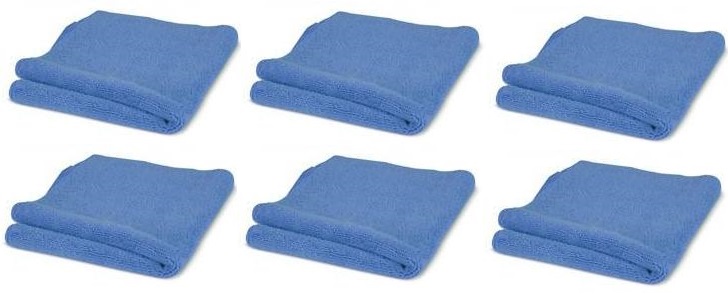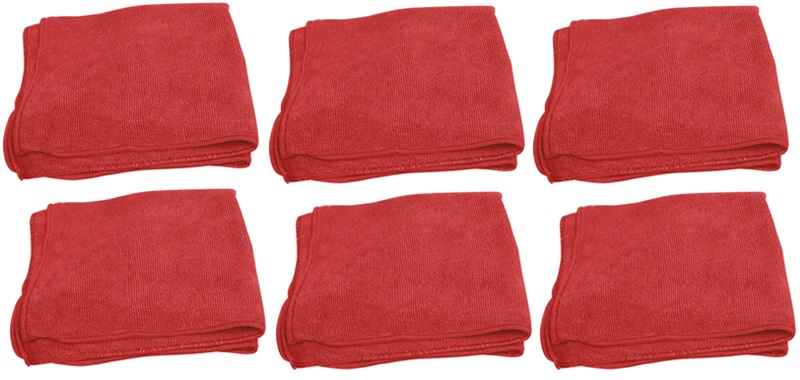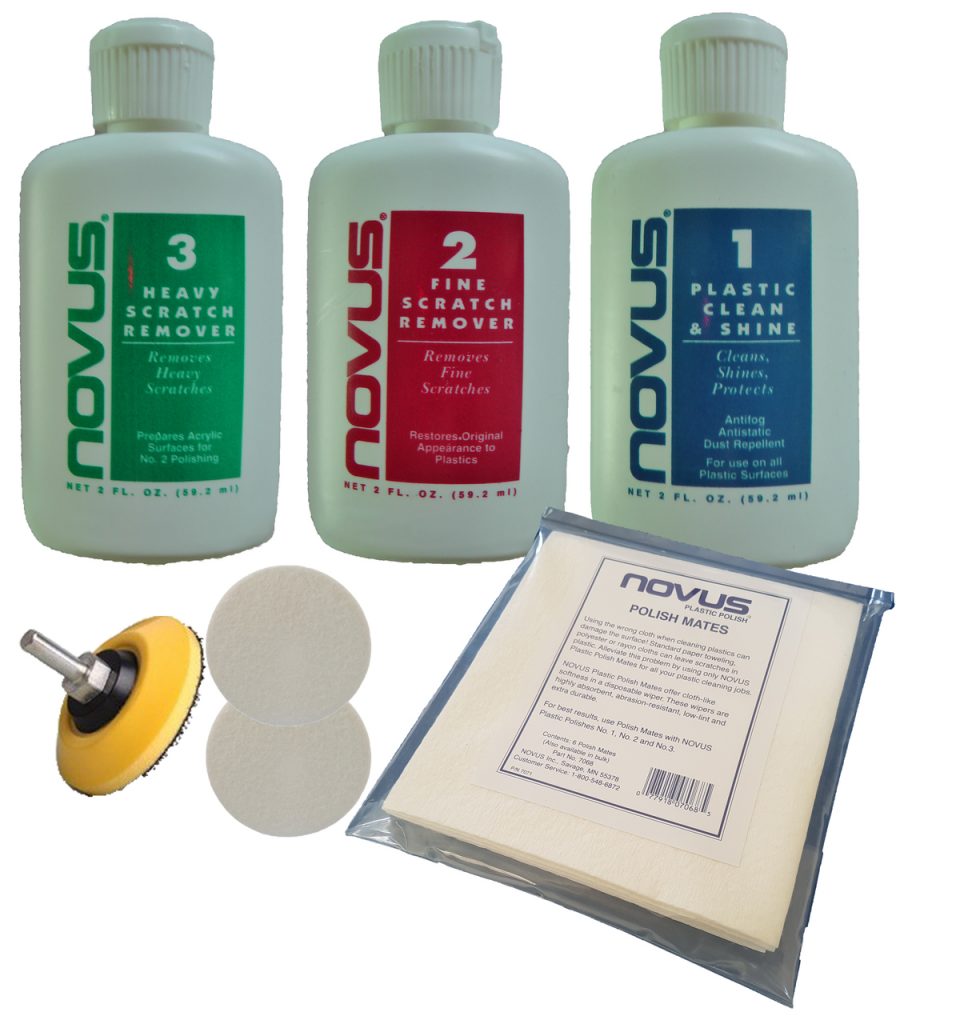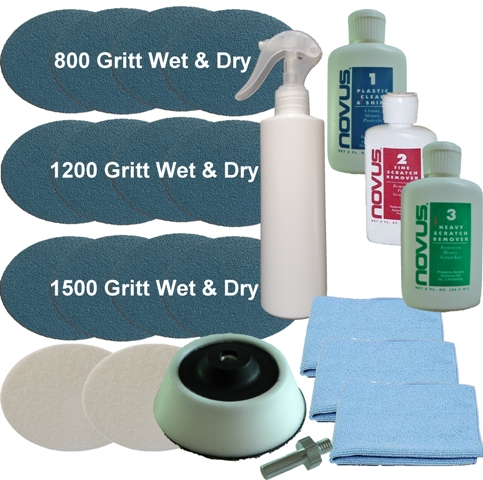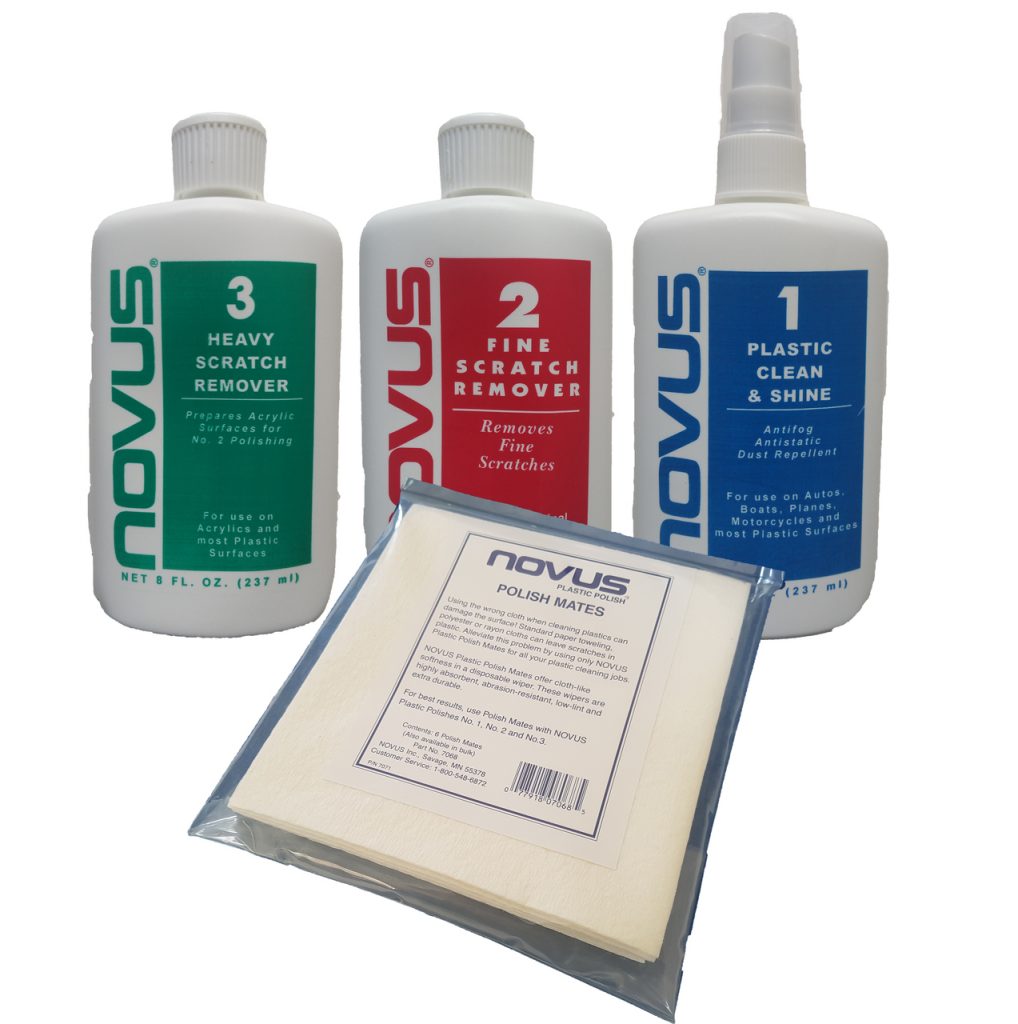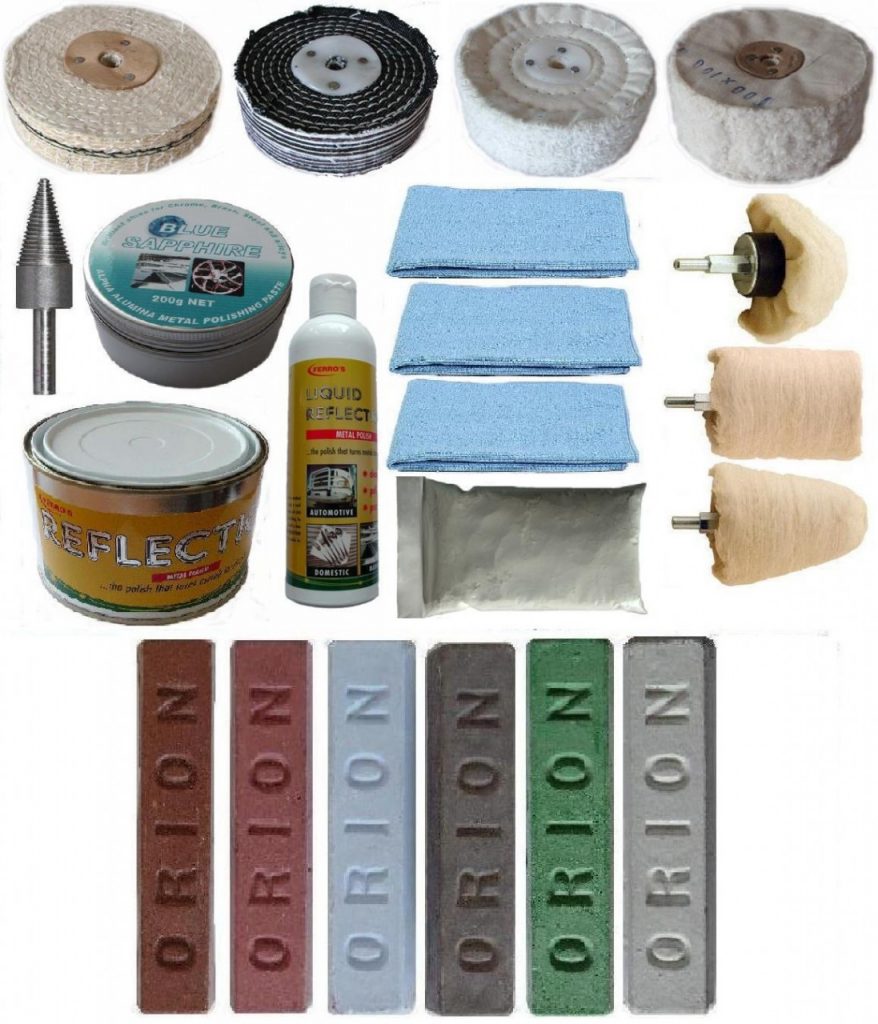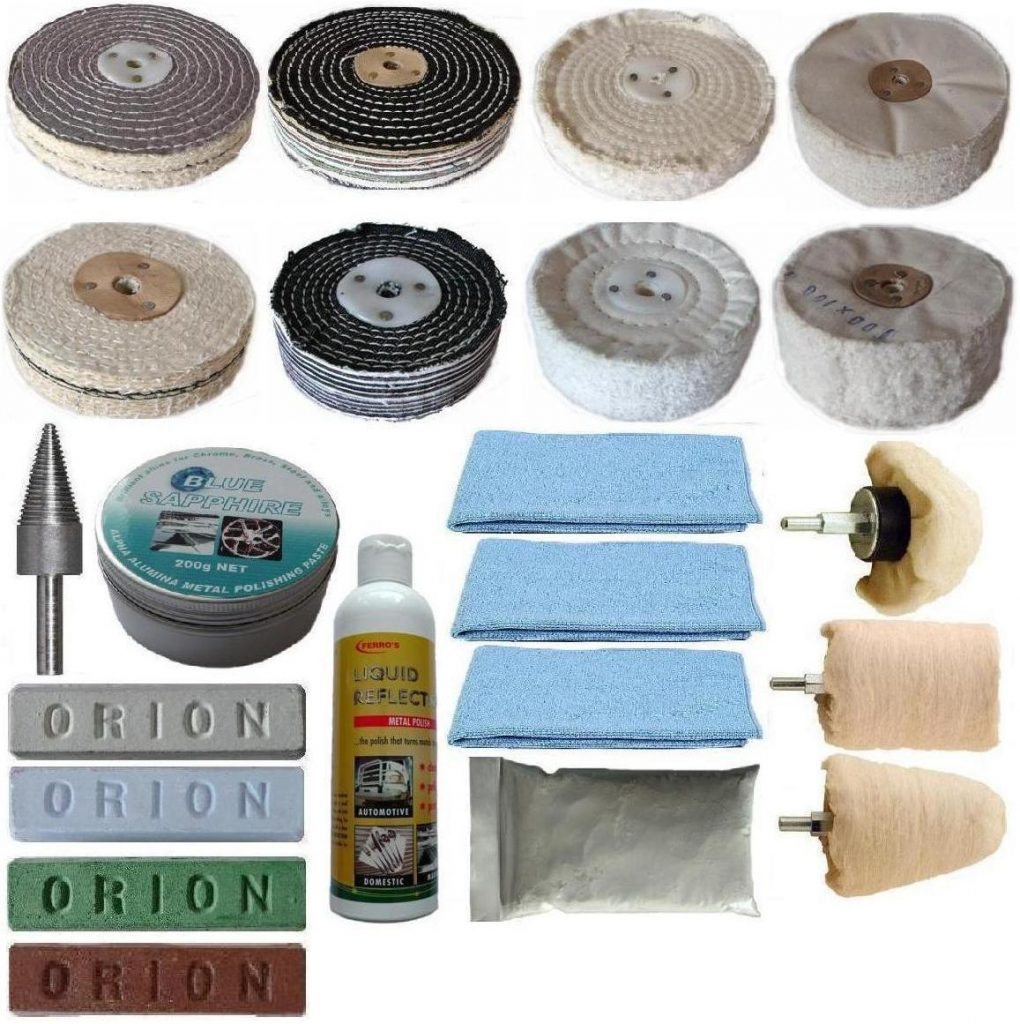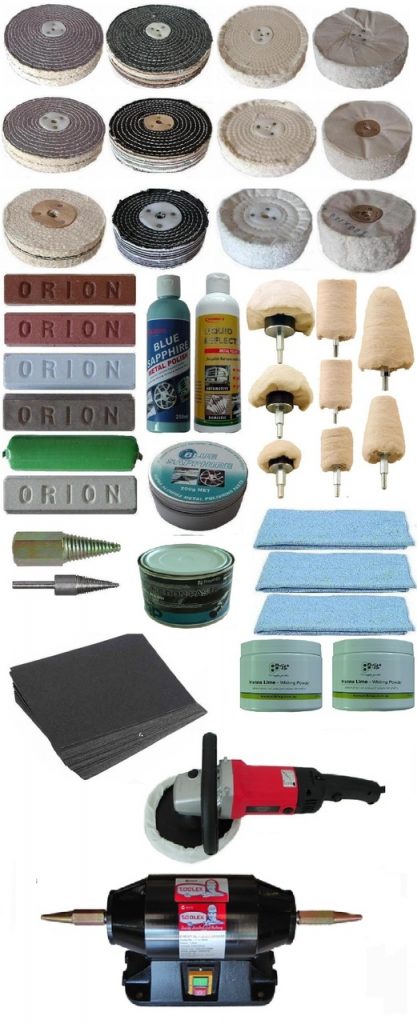Novus Polishing Compound Kit

Plastic polishing kit
NOVUS – plastic polish restores original beauty to all plastic and acrylic products.
Since 1973, NOVUS Auto Glass plastic polishes have been used around the world to restore the shine and brilliance to many types of plastic acrylic surfaces. It is truly a product that once you use it, you will wonder how you ever got along without it!
NOVUS Auto Glass is the answer to scratch removal and long lasting protection for all plastic, acrylic and fibreglass products. For home or industrial use, NOVUS has formulated a complete system to restore scratched, faded or discoloured plastic materials.
The NOVUS Plastic Polish 1, 2 and 3 polishes provide a complete system of scratch removal and surface restoration when used together NOVUS Plastic Polish 1 can be used individually to clean, shine, and protect all types of plastic surfaces.
NOVUS Plastic Polish 2 keeps plastic looking new by removing fine scratches and haziness. When damage is more severe,NOVUS Plastic Polish 3.
NOVUS Plastic Polish 3 removes heavy scratches and abrasions and is formulated to prepare the surface for no. 2 polishing.
Since NOVUS Auto Glass technology introduced its plastic polishes 1973, simple techniques have added new life to plastics and acrylics with easy-to-achieve professional results.
The three NOVUS Auto Glass polishes are helping millions win the war against fading, scratching and dulling of plastics that all too often cause the best products to grow old before their time.
HERE ARE JUST A FEW USES FOR NOVUS POLISH
- DVD’s, Video Games, CD’s
- Auto Interiors, Gauges, Chrome, & Acrylic Paint
- Microwave Oven Doors, Decorator Acrylic Refrigerator Panels
- Motorcycle Windscreens, Visors, Fairings & Helmets
- Snowmobile Windshields, Helmets, & Hoods
- Acrylic Hot Tubs & Spas
- Boat Windows & Fiberglass
- Salad Bar Sneeze Guards
- Emergency Vehicle Light Bar Lens Covers
- Plastic Storm Windows & Skylights
- Collapsible Windows on Convertibles & Sport Utility Vehicles
- Turntable Dust Covers, Stereo Faceplates
- Acrylic, Fiberglass or Cultured Marble Tubs, Showers & Counters
- Acrylic Aquariums
- Telephones, Pagers, Scanners
- Acrylic Trophies & Awards
- Plastic Display Cases & Signs
- Gauges & Instrument Control Panels
- Safety shields & Goggles
- Airplane Windows
- Video Games, Pinball Machines & Jukeboxes
- Copiers and Fax Machines
- Acrylic Furniture
- Cash Registers & Calculators
- Acrylic on Tanning Beds
POLISH TIPS
Power Buffer
If the damaged area is fairly large or badly damaged, a power buffer may be used with NOVUS No. 2 and No. 3. Use a clean cotton bonnet and operate the buffer at a low speed to avoid overheating the plastic, approximately 1,000 RPM. Each polish should be applied with a seperate, clean bonnet.
Before Polishing
Before attempting to clean or remove scratches, always make sure the plastic is cool to the touch. Use a liberal amount of plastic cleaner to safely remove surface dust and dirt. In addition, test scratch removers in a small or inconspicuous area for compatibility.
Coated Plastics
Some plastics are coated with a thin film which may be damaged by the abrasives in the polish. NOVUS No. 2 and No. 3 Polishes are not recommended for use on coated plastics or eyeglass lenses.
Polishing Cloth
The type of polishing cloth you use will make a difference. The ideal cloth is nonabrasive, absorbent and lint free. To eliminate any chance of scratching, use only disposable cloths. Reusable cloths can retain abrasive particles, but you won’t know for sure until the damage is done. Use a soft cotton cloth (such as a diaper), avoid using polyester or rayon wipes which can scratch unprotected plastics.
FINE SCRATCH REMOVER
Removes fine scratches, haziness and abrasions from most plastics. With repeated use, NOVUS No. 2 restores faded and discolored plastics.
- Removes the damage instead of filling it in
- Buffs out quickly
- After restoring, seals with a coat of polish
- Observe condition of the surface to be treated. The deeper the scratches, the greater the pressure required to remove them. If the surface is dirty, clean with NOVUS No.1 before applying NOVUS No. 2.
- Shake well. Test in an inconspicuous area.
- Apply NOVUS No. 2 liberally. Using a clean, soft cloth, polish with a firm back-and-forth motion at right angles to the scratches. Keep the cloth saturated with polish at all times.
- When the worst scratches have been polished out, reapply NOVUS No.2 uniformly in a circular motion to the entire surface using short, circular strokes and light pressure. Allow to dry to a light haze.
- Using a clean portion of the cloth, buff the surface to a slippery glaze using firm, short strokes. This procedure is imperative in achieving the best results.
- For heavy scratches, multiple applications of NOVUS No. 2 or application of NOVUS No. 3 may be required.
- Follow with NOVUS No. 1 for best results.
PLASTIC CLEAN & SHINE

Gently cleans all plastics without scratching. Leaves a lustrous shine that resists fogging, repels dust, and eliminates static.
- Resists finger marking
- Contains no abrasives or harsh chemicals
- Leaves a smooth, clean, greaseless shine
- If the surface is extremely dirty, apply NOVUS No. 1 liberally and wipe using long, sweeping strokes. Do not use pressure at this time or large dirt particles may scratch the plastic.
- Re-apply NOVUS No. 1. Polish using short, circular strokes with a clean portion of the cloth.
- When surface is thoroughly clean and uniformly covered, buff to a slippery glaze with a clean portion of the cloth. Surfaces buffed to a high glaze are more resistant to dust and future scratching.
- Reapply NOVUS No. 1 regularly to maintain the antistatic, smudge and scratch resistant properties.
HEAVY SCRATCH REMOVER

Removes heavy scratches and abrasions from most acrylic surfaces. Use when damage is too severe to be restored with NOVUS No. 2 polish.
- Requires use of NOVUS No. 2 for final finishing
- Not recommended for use on coated plastics
- Shake well. Test in an inconspicuous area.
- Apply NOVUS No. 3 liberally. Using a clean, soft cloth, polish with a firm back-and-forth motion at right angles to the scratches. Keep the cloth saturated with polish at all times.
- Continue polishing until only fine scratches remain. Using cloth, remove all remaining polish, this is very important!
- Using a clean cloth, apply NOVUS No. 2 in a circular motion uniformly to entire surface. Polish using light pressure until NOVUS No. 2 dries to a light haze.
- Using a clean portion of the cloth, buff the surface clean. Follow with NOVUS No. 1 for best results.
NOVUS PREMIUM POLISH MATES
This microfilament cloth is perfect for polishing. Highly absorbent, extra durable and abrasion resistant makes this washable cloth the ideal solution.
The type of polishing cloth you use will make a difference. This ideal cloth is nonabrasive, absorbent, and lint free. To eliminate any chance of scratching, use only disposable cloths. Reusable cloths can retain abrasive particles, but you won’t know for sure until the damage is done.


